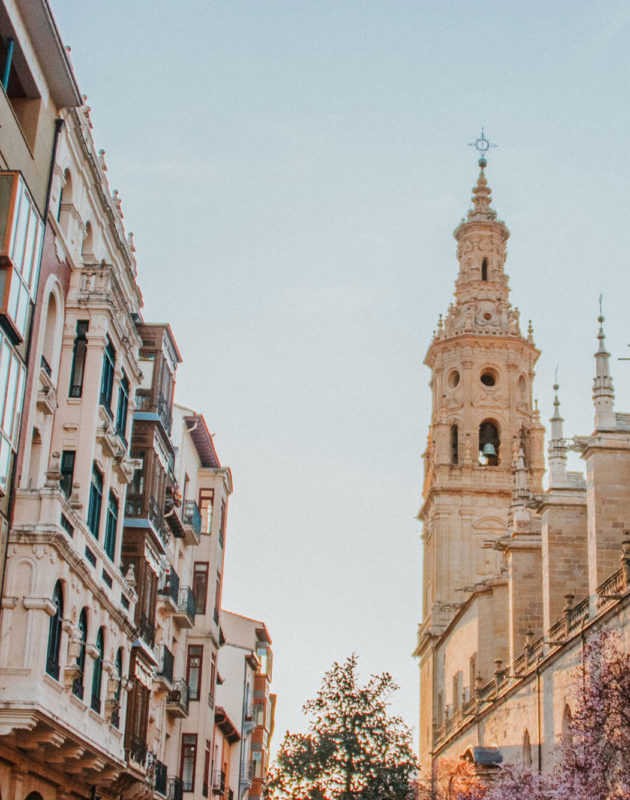By Robert A. Sampson
10 Things We Learned from Andreu Carulla & Curro Claret
10 Things We Learned | 5 min read

On May 8, Apart of Firma hosted two pioneers in the field of industrial design, Andreu Carulla and Curro Claret. The title of the talk, “Your Trash, My Treasure”, drew attention to the items we often discard or don’t value after their use and, by shifting our perspective, can transform these into useful or symbolic pieces for society. Here are some of the main takeaways of things we learned from the speakers (and the audience):
#1: Bad ideas make good conversations
Carulla began by exploring the iterative process of working with the Roca brothers. Some ideas fell flat. For instance, in one meeting at Can Roca, Carulla noticed clients were eager to meet and shake hands with Roca, causing a constant distraction in his meetings. Carulla proposed, half-jokingly, a mechanical bear that clients could hug and whisper well wishes as they bid farewell to the restaurant. But this idea didn’t go very far. It shows that to be creative without limits, one must not shy away from bad ideas. Embrace the mechanical polar bear.
#2: Top players are voicing their concern about the excess use of non- degradable materials and doing something about it
Andreu Carulla began by sharing his experience with Roca Recycles initiative, a collaboration between Carulla and the Roca brothers at the three Michelin star restaurant, Can Roca Cellar. Through this collaboration, Carulla designed stools from the fish containers the restaurant receives every day, six to be exact, which equal to 120 boxes per month. This shows the union of forces and the concern about excessive use of non- degradable materials is a concern that even top players are looking to address.
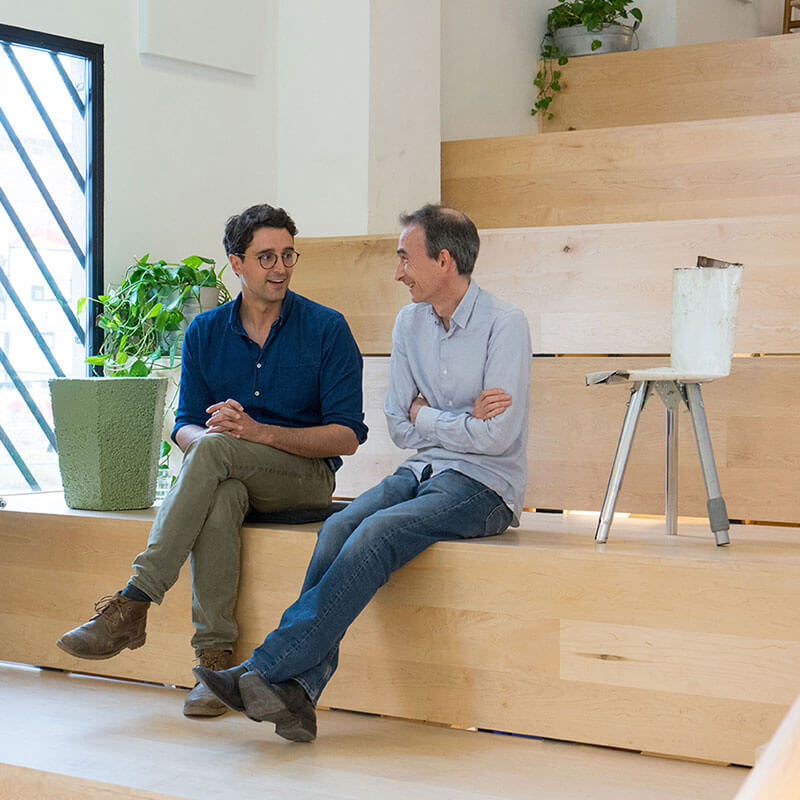

#3: A nun’s cookbook can shed deep insights about upcycling and innovation
On the other hand, Curro Claret introduced his projects by drawing inspiration from a cookbook his mother had left him called “Monastic Kitchen: Culinary Secrets from the Clarissa Sisters” (if you must know).
The nun’s advice included “not necessarily the most delicious plates are made with the most expensive ingredients. A simple tortilla can be exquisite if we surround ourselves with kindness and love from our family and friends” and “what draws us to food is not only the taste but also the way it smells and looks... the greatest chefs are experts in this field.”
These bits of wisdom allowed Claret to open up and deepen his involvement in the Gaudi film awards and Surf City Barcelona, among other projects.
#4: Shitty is pretty
Following the example from upcycling (see takeaway #3), Claret met with fishermen in Barcelona for the Surf City project. By collecting discarded fishnets, Claret cleaned the nets in a waste management facility and designed comfortable seats for the event. But there was a, dare we say, stinky problem. The smell of the nets was intolerable. Faced with this obstacle, they thought about how to eliminate the smell for the event until Claret’s genius kicked in. “We had this realization, like no no no, this is fine. This is the reality. This is our shit. Suddenly what was a problem for us, maybe only us, also became part of the project.”


#5: Not all innovation has to be big — minor changes can radically transform objects for good
One of the nun’s advice (see learning #2) was “in the kitchen, we must be brave and act with imagination. We can all be “innovators” of simple places and even more complicates ones. The majority of our most treasured dishes come from amateur chefs with an innovative spirit. Claret relied on this advice in redesigning church benches. For centuries, churches have opened their doors to offer a place to rest for people who didn’t have a place to sleep. Instead of creating something entirely new, Claret redesigned one element and transformed the bench into a bed.
#6: Carulla admires Claret's ability to incorporate a social message in every project
The question began with “what Claret project would you liked to have put your signature? And why?" Carulla responded by expressing his admiration for Claret’s focus on the social aspect. “You always include people, I mean it”, recognizing the nexus in all of them, from the Surf City installation sending a message of how this is the world is going to smell if you don’t take care of it. Carulla finished by saying, “I would like to have that social side in all of your projects. The stools are also incredible.”
#7: Upcycling has a specific definition and it’s probably not what you think it is
We took up cycling and took it to its primitive state, washed off some common misconceptions–subcycle and recycle is not upcycle–and returned it to its original definition. During the Q&A session, Andreu Carulla turned to the audience to ask “what exactly is upcycling? Do we say something is upcycled if you see the form of the product reused and still recognize the previous product with the new one?”
To this question, an audience member stood up and gave a response that seemed almost rehearsed. “Upcycling has more to do with the value of the material”, he said. If the value of the material is higher than when it was a product, then it is effectively upcycled. This means taking the residue or discarded material and rinsing it through a chemical process to bring the material back to its original state, thereby raising its value. For example, in the Surf City project, Claret gathered fishnets collected by local fishermen in Barcelona, “yes, they still exist” exclaimed Claret. If one were to take the nets, made from nylon, and do an upcycle, one would have to wash the nylon in a chemical process and bring it to its primitive state, this would turn the material into a polyamide. By returning it to raw material, one can indefinitely conserve the value of it, making it possible to use the polyamide to make fishnets or sunglasses. This is an upcycle.
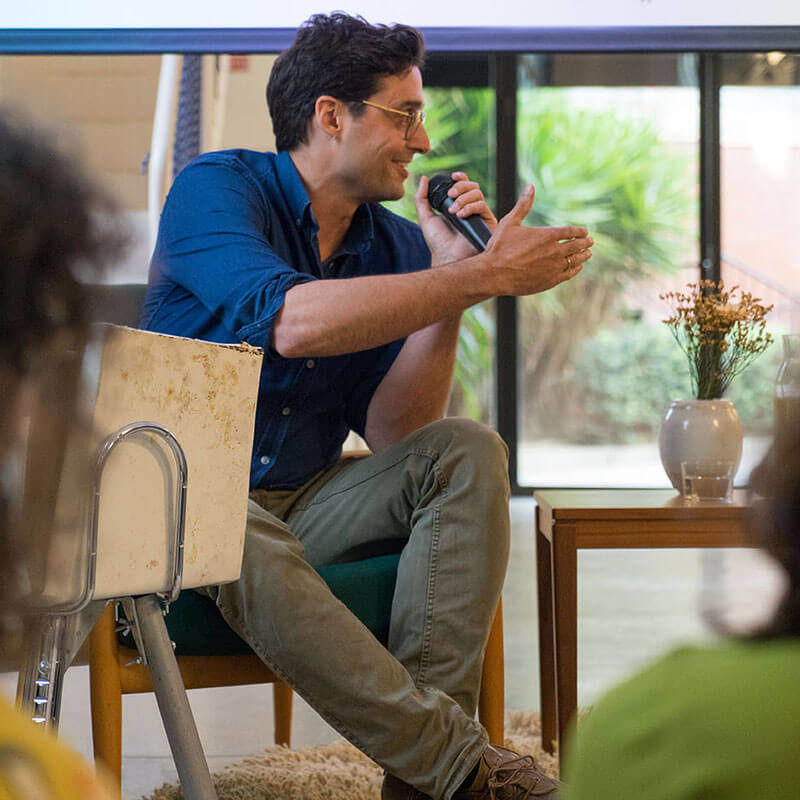
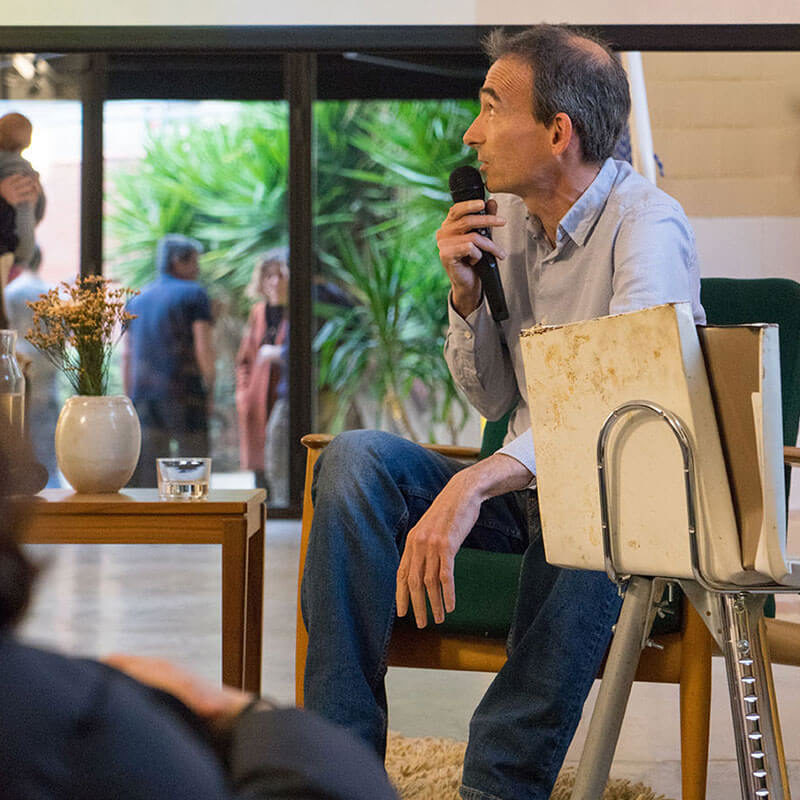
#8: Conformity is the real trash
When discussing a product, Carulla emphasized the role of designers in the world. As designers, the goal is to generate value, to differentiate yourself, and to recognize that what you are doing contributes to something. A responsibility to differentiate and to add value, to have conversations and reflect. One of the criticisms launched was the herd like behavior of design, where everyone is essentially copying of one another. The Nordic style is so often overused, and everyone wants to be ahead of the curve that they sometimes forget to express their creativity and own originality to separate themselves from the pack. This is something both agreed felt was missing in the mainstream conversation.
#9: Designers are excited about self-sufficiency but worried about complacency
When Carulla asked, “what do you think is the biggest change over the last decade with the largest positive impact?” Claret responded by being hopeful about the emergence of “self-sufficiency” in our society. We are entering a world where the multinational no longer has all the control, and we can generate our own energy; to have less dependence on resources from other parts of the world and a higher conscience over natural resources and energetic use.
In another question, Claret asked, “what is the worst advice you see currently being propagated out there?” Claret also gave an amusing response with regards to recycling. “In the world of the consumer”, he said, “if I throw a bottle in the right bin it’s ok because I’m already doing what I’ve been told to do. Fine, you are less nasty, but that’s the bare minimum.” Recycling is fine but we can do a lot more.
#10: The future is open source
At the end of the talk, both were able to dig in a little deeper about their upcoming plans and what they hope to see in the future. One of the more promising ideas discussed was the evolution of Roca Recycles initiative. Carulla would first like to see the financial investment from the Roca brothers covered. Once this is done, the project can open up and invite anyone who has trash and transform the material into something of personal use. “I would like to open up the platform, and anyone who wants to come with their waste can come and leave with the stool. So you only pay for the coating, and you have 6-8 molds to choose from. That would be the second or third step.”
It was a night filled with energy, enthusiasm and a lot of laughs. Join us for our next event on June 19 as we continue expanding ideas that push innovation forward.

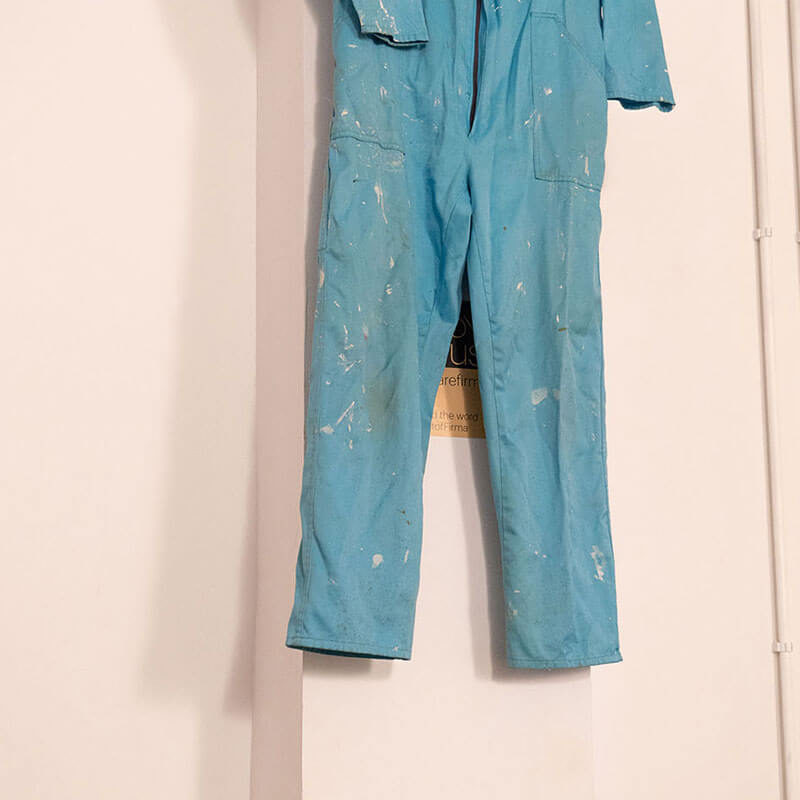
- Curious for more? Check out some of the highlights of the event.
- Want to know more? Check out the complete video of the talk.
- Here is Carulla&Claret’s interview that inspired us.
READING
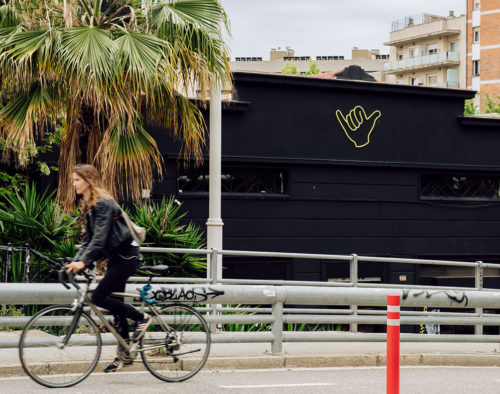
Climate Neutral Certified
We’re proud to announce that this year we are once again Climate Neutral Certified! Over the last few years, we have implemented several actions that allowed us to start the path of becoming a more responsible and conscious business; Climate Neutral is one of the steps we're taking to accomplish this exciting goal.
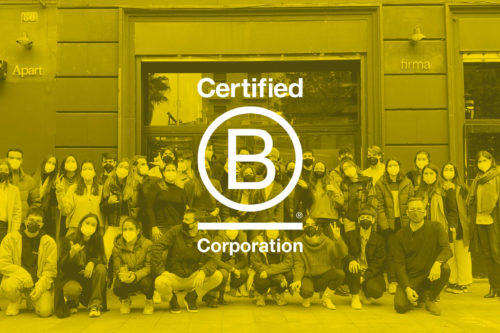
We are finally a B Corp certified company!
After one year of dedication, we are finally a B Corp certified company! It has been a transformational process in which we have learned a lot and worked harder to improve our standards as a company and as transformational agents.
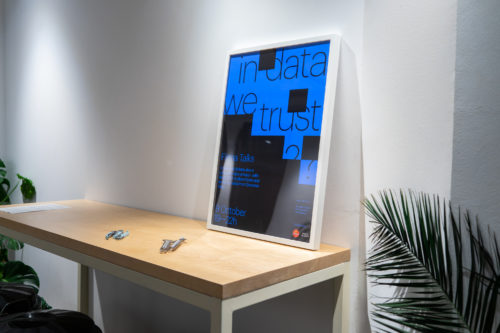
10 Things We Learned from Data
Should we be paying attention to the impact data and algorithms are having in our society?

Uncovering CBD with Vybes founder Jonathan Eppers
We sat down with Vybes founder Jonathan Eppers to discuss the rise of the CBD industry in the US, how it's affecting branding and what's Vybes' take on the beverages category.
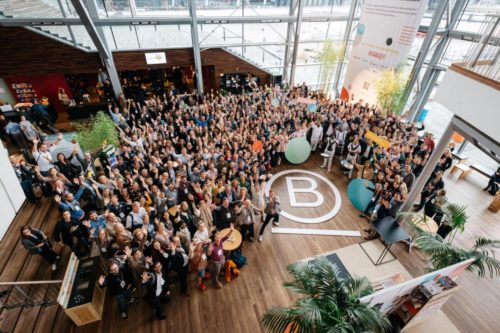
On our way to be a B Corp
After two days at the B Corp Summit in Amsterdam, I gained the inspiration, the energy, and the motivation to become a corporate sustainability activist. Activist? Oh, that sounds uncomfortable. Yes, that sounds like stepping out of the comfort zone.

10 Things We Learned from YesFuture & Sustainn
On June 26, Firma Talks invited three experts in the field of circular design — YesFuture, Sustainn, and Go Zero Waste — to tackle one of today's biggest challenges, our waste. We sat down and listened to Olga Rodriguez from Yes Future, and Carlos León from Sustainn address different angles of cutting plastic and generating less waste.
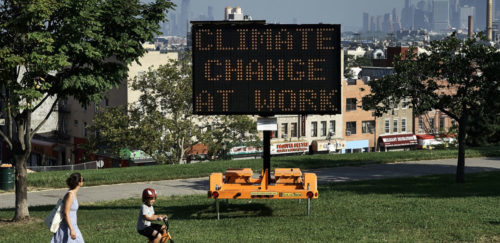
Eddie Would Go: Committing To A Greater Purpose
Companies can be a force for good. In fact, committing to a greater purpose is a growing demand among consumers. Through this article we explore some of the 1% For The Planet members who are taking a stand.

Apart: An Open Space for Innovation
Branding and innovation agency Firma, created Apart for pushing conversations, insights and ideas forward...
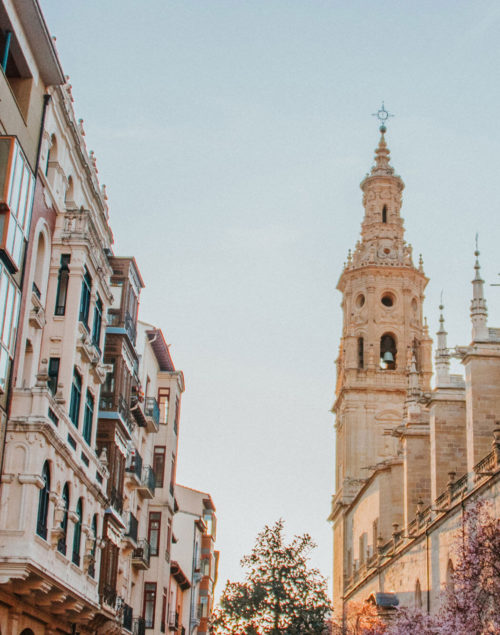
Focus, focus and focus
During a trip to Logroño I discovered Bar Soriano, which made me realize that focusing on a single product allows you to work it to perfection.

Fulton and the power of combining letters
Let’s start with this random name that came into my mind: Fulton. You have only read the name. Never heard of Fulton. But think about Fulton and let your brain start imagining.

When dopamine wakes you up, you’re hooked
With hundreds and hundreds of notifications that you just can’t avoid opening, the well-known FOMO (fear of missing out) comes over you

Storytelling can make or break a brand
We can all agree that everyone enjoys a good story; whether it’s telling it or listening to one…proof of it is the irrational online-streaming binge watching most of us have inexplicably given into at one time or another.
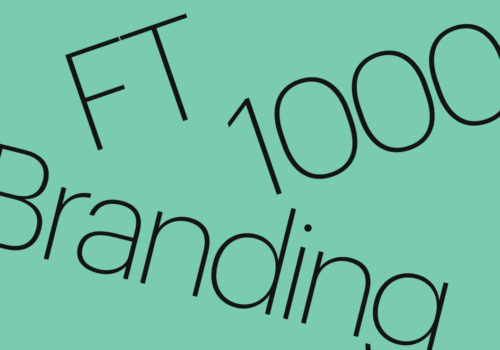
Firma at Financial Times FT1000 2018 Ranking
We are very proud to have been chosen by the Financial Times as one of the most innovative, fast growing companies in Europe for the 2018 edition of FT1000.

Let’s welcome what will come
We believe that combining innovation processes, business strategy and a creative perspective is the way to build successful brands.


